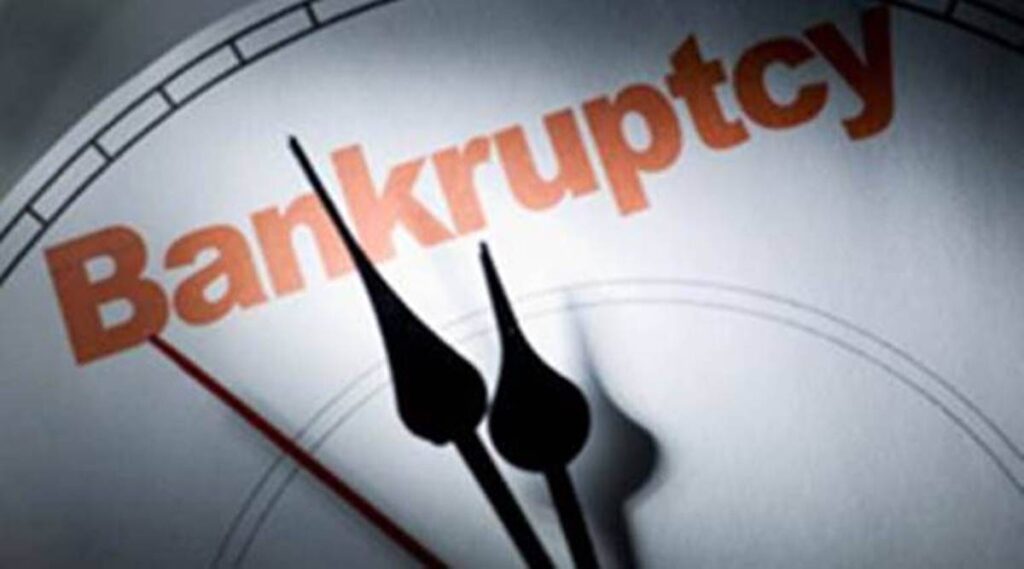MARKET APPROACH IN INSOLVENCY AND BANKRUPTCY: EVALUATING DISTRESSED ASSETS
Introduction: The insolvency and bankruptcy landscape is a complex and challenging domain, particularly when it comes to evaluating distressed assets. When a company faces financial distress or insolvency, it often becomes necessary to assess the value of its assets in order to determine the best course of action for creditors and stakeholders. In such situations, the market approach plays a crucial role in providing a fair and objective evaluation of these assets. This article explores the main key points of the market approach in insolvency and bankruptcy scenarios, focusing on the evaluation of distressed assets.
- Definition of the market approach: The market approach is a valuation method that relies on the principles of supply and demand in a competitive market. It involves assessing the value of an asset based on the prices paid for similar assets in recent transactions. In the context of insolvency and bankruptcy, the market approach becomes essential in determining the fair value of distressed assets.
- Importance of the market approach in insolvency and bankruptcy: The market approach offers several advantages when evaluating distressed assets. Firstly, it provides an objective and transparent method of valuation by relying on actual market transactions. This helps in avoiding potential biases or conflicts of interest that could arise in other valuation approaches. Secondly, it allows for the consideration of market dynamics and investor sentiment, which can greatly impact the value of distressed assets. Finally, the market approach facilitates comparability and benchmarking, as it draws on real-world data from similar transactions.
- Key steps in applying the market approach to distressed assets: When employing the market approach to evaluate distressed assets, certain key steps should be followed. Firstly, it is crucial to identify and analyze relevant market data, such as recent sales or auctions of similar assets. This data provides the foundation for determining market-based pricing benchmarks. Secondly, adjustments may need to be made to account for any differences between the distressed asset and the comparable assets, such as variations in condition or location. These adjustments help ensure a more accurate valuation. Finally, the data and adjustments are used to derive a fair value estimate for the distressed asset, taking into account market conditions and investor expectations.
- Challenges and considerations: While the market approach is valuable in insolvency and bankruptcy scenarios, it is not without challenges. One key challenge is the availability and reliability of market data for distressed assets, as such transactions may be limited or confidential. Moreover, the market for distressed assets can be highly volatile and illiquid, making it difficult to find truly comparable transactions. Additionally, unique characteristics or circumstances of distressed assets may require further judgment and expertise to accurately apply the market approach.
- Professional expertise and due diligence: Given the complexities involved in evaluating distressed assets using the market approach, it is advisable to engage professionals with expertise in insolvency, bankruptcy, and valuation. These experts can provide valuable insights, conduct thorough due diligence, and apply their knowledge to navigate the specific challenges posed by distressed assets. Their involvement ensures a more robust and reliable valuation process, benefiting all parties involved.
Conclusion: The market approach serves as a vital tool in the evaluation of distressed assets in insolvency and bankruptcy scenarios. It offers an objective, transparent, and market-based method of assessing the value of these assets. By leveraging real-world data and considering market dynamics, the market approach provides a solid foundation for decision-making and negotiation among creditors, stakeholders, and insolvency professionals. While challenges exist, seeking professional expertise can help overcome these hurdles and ensure accurate and fair valuations in distressed situations.



